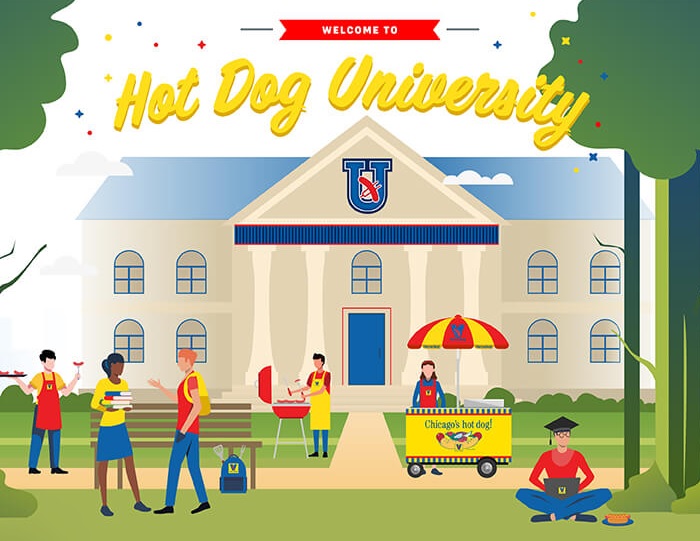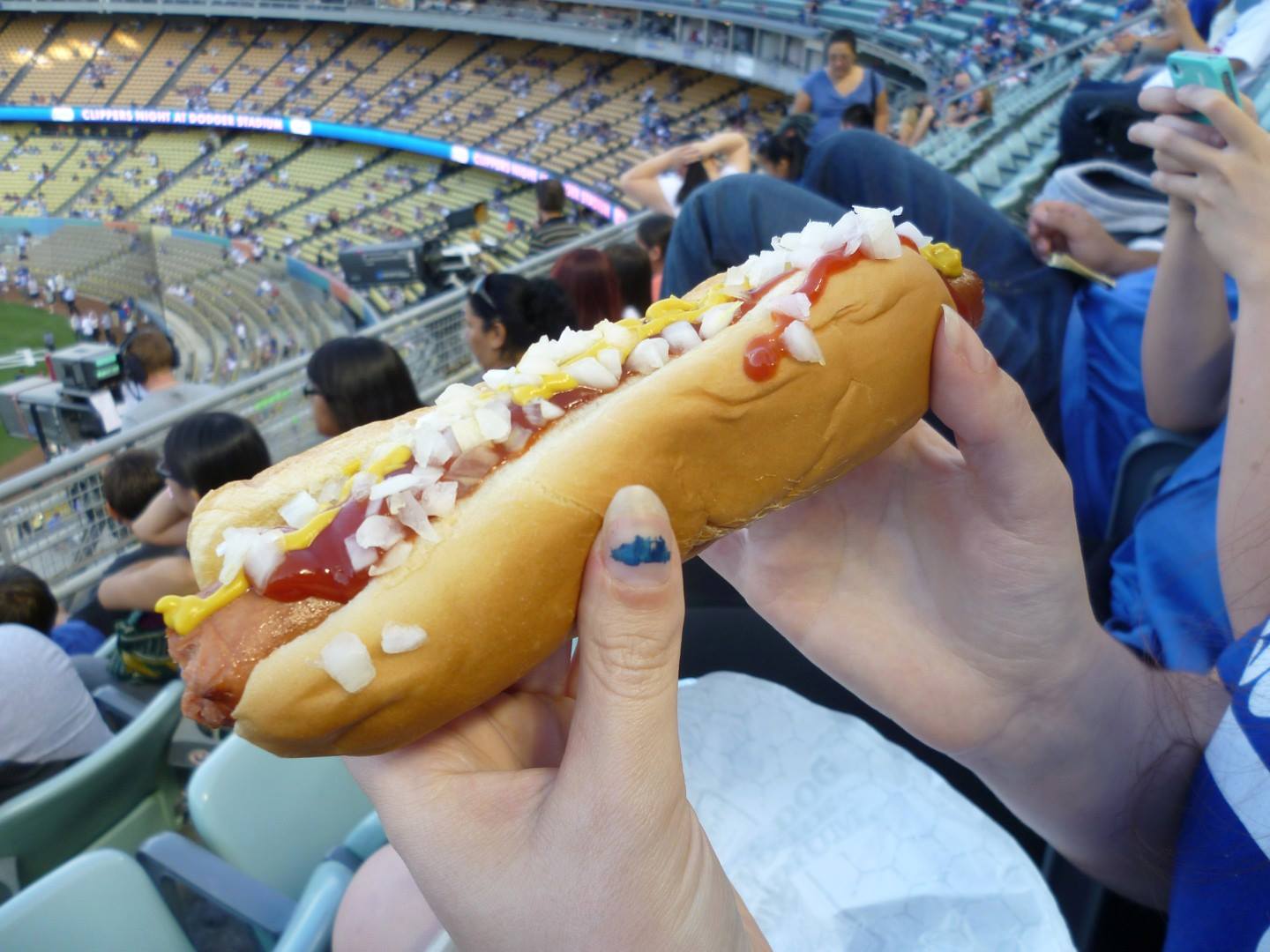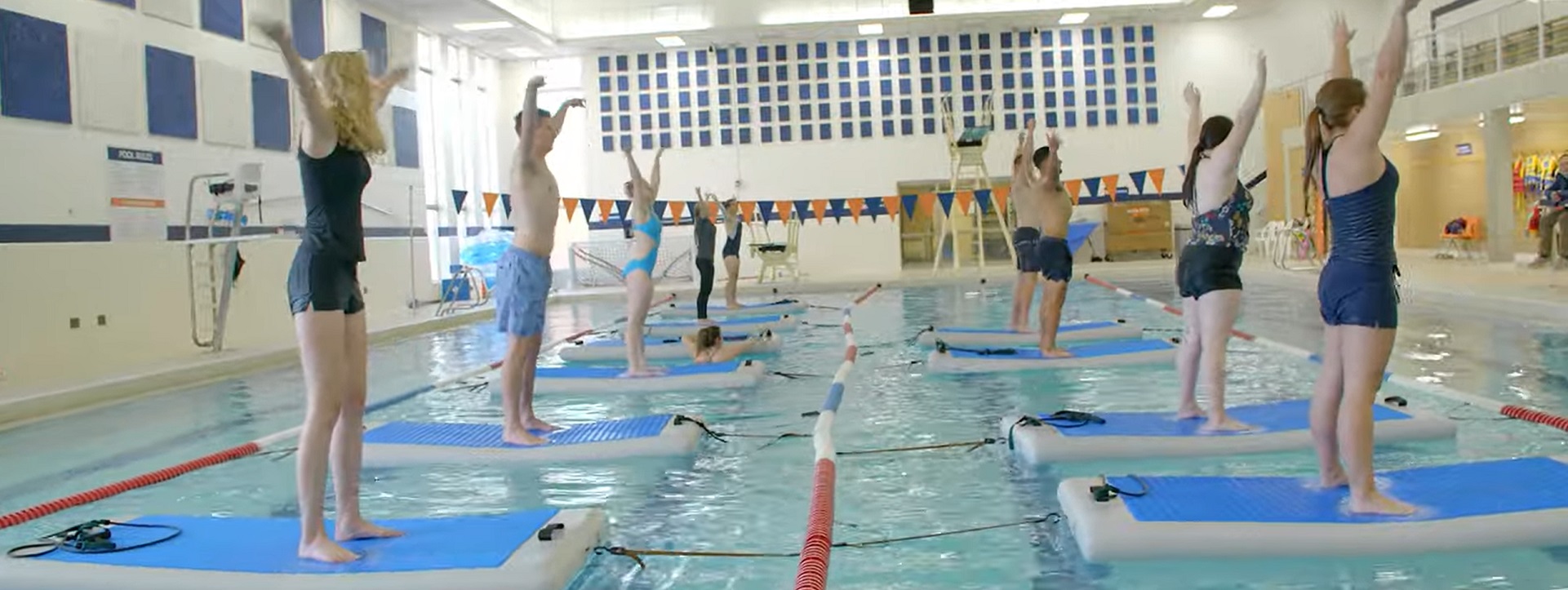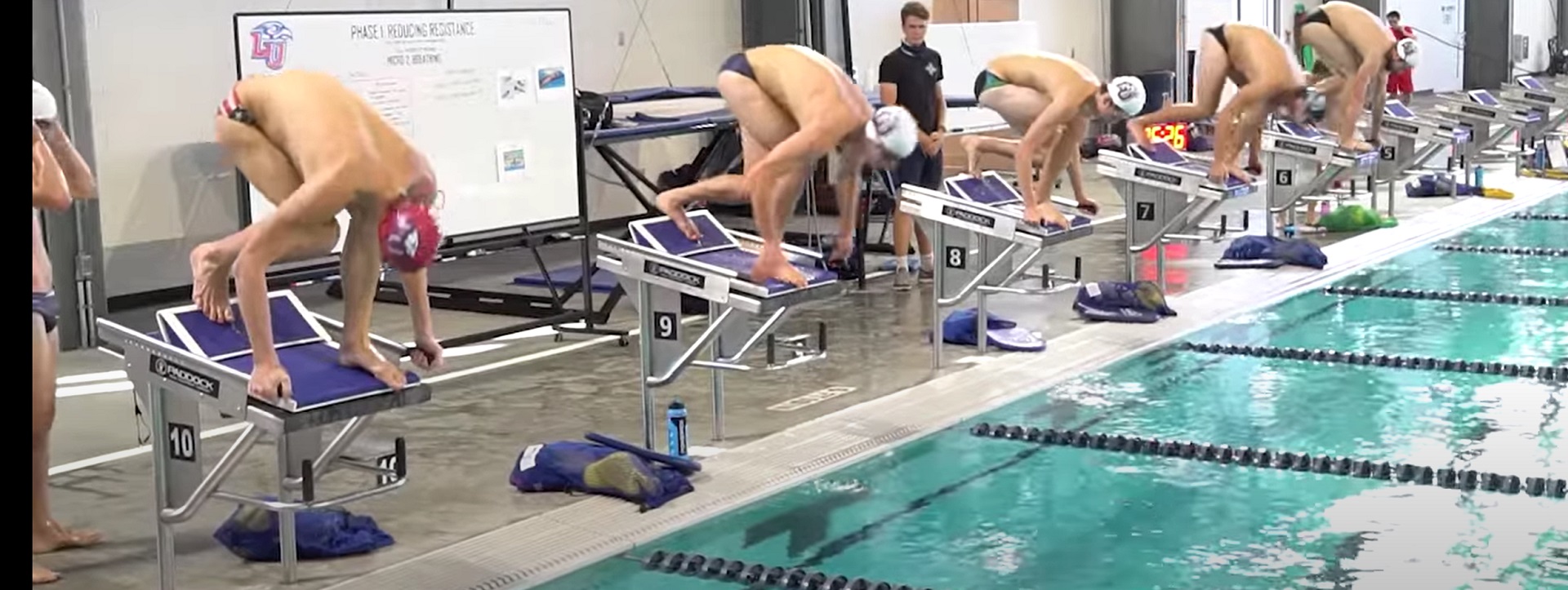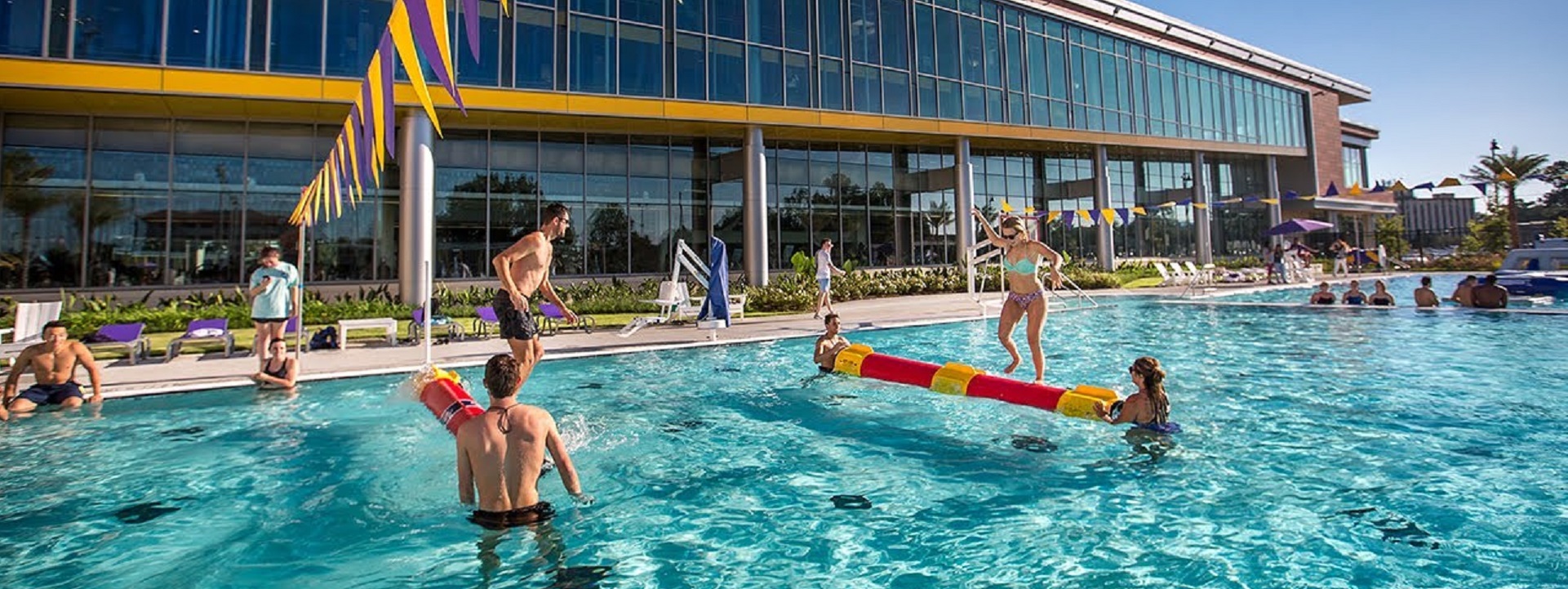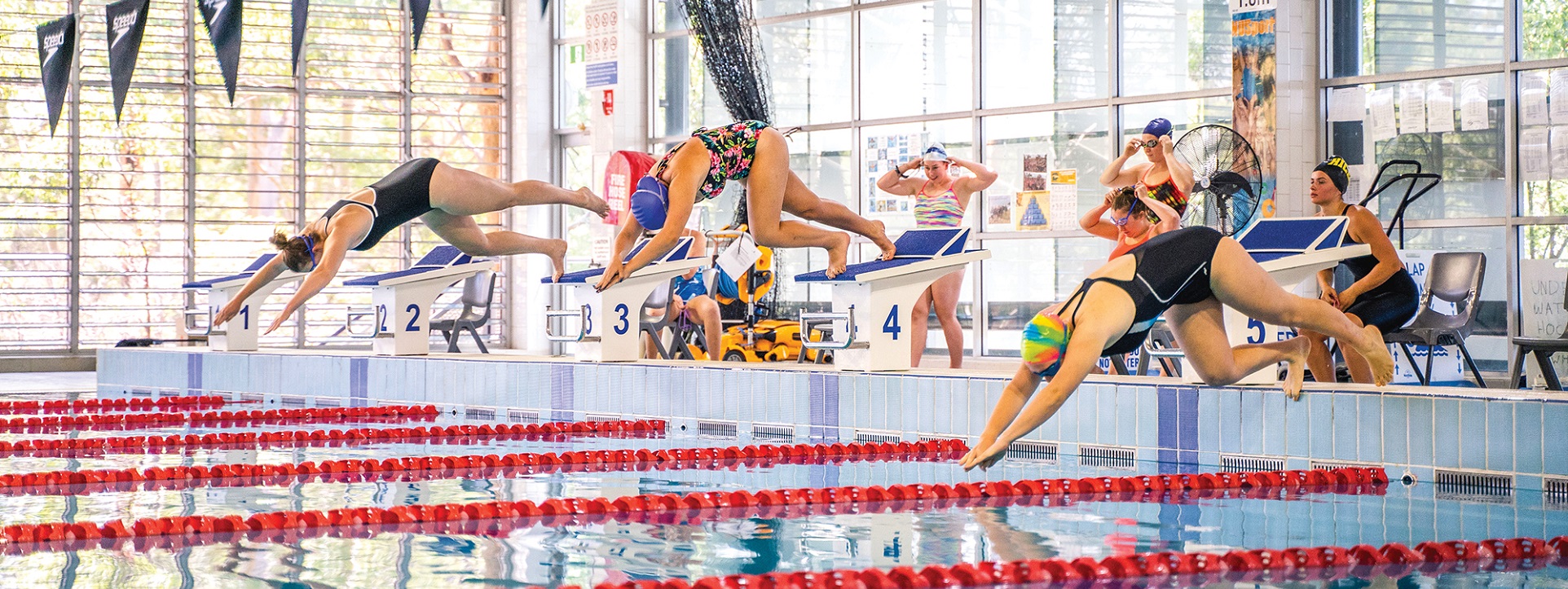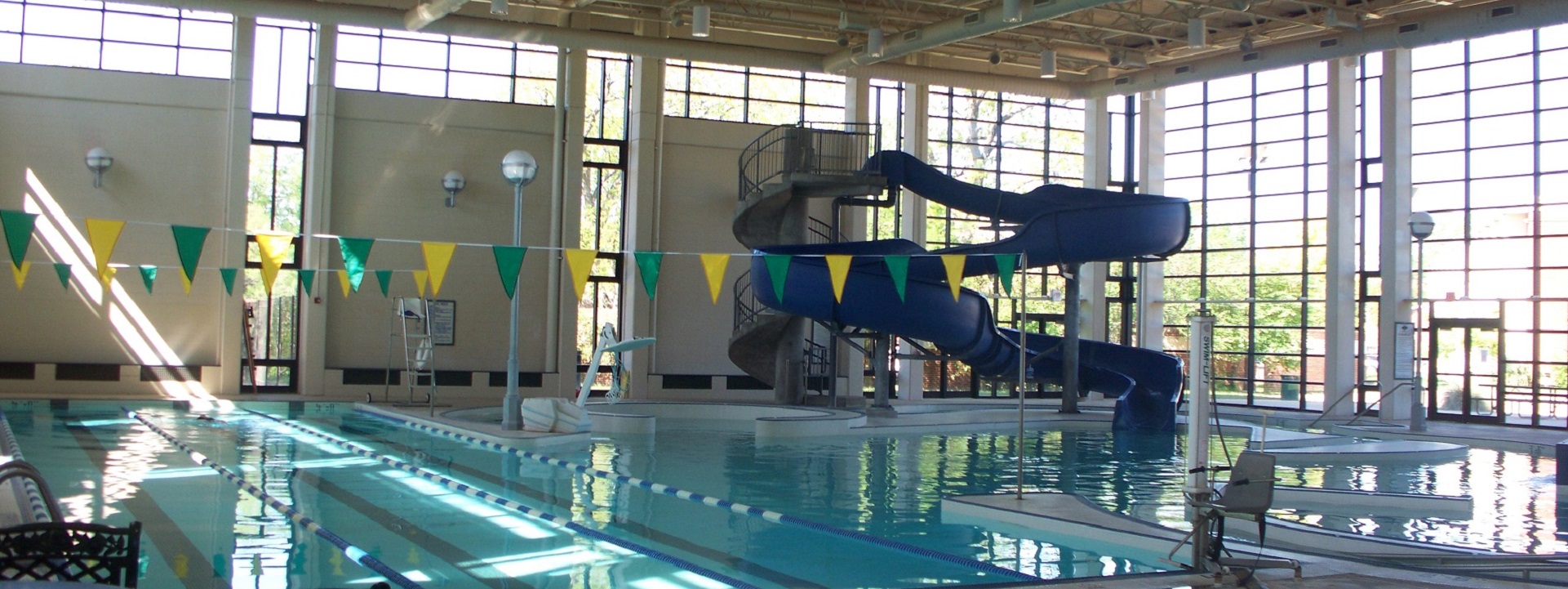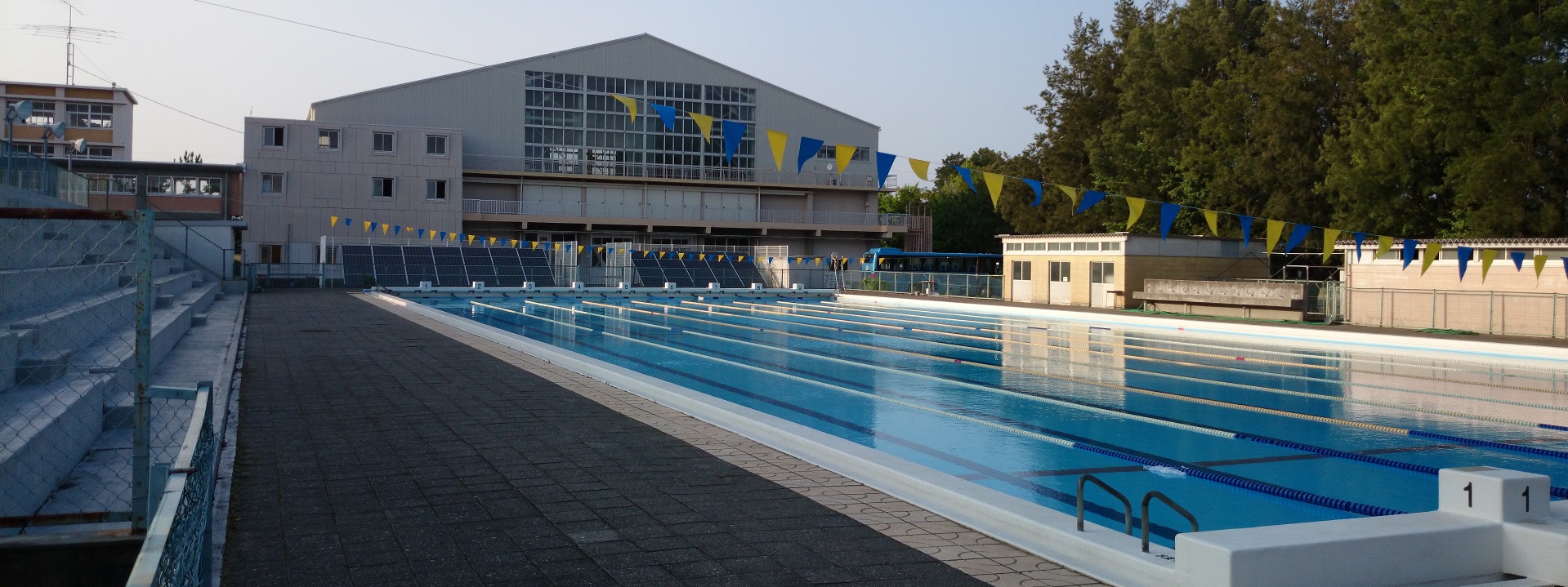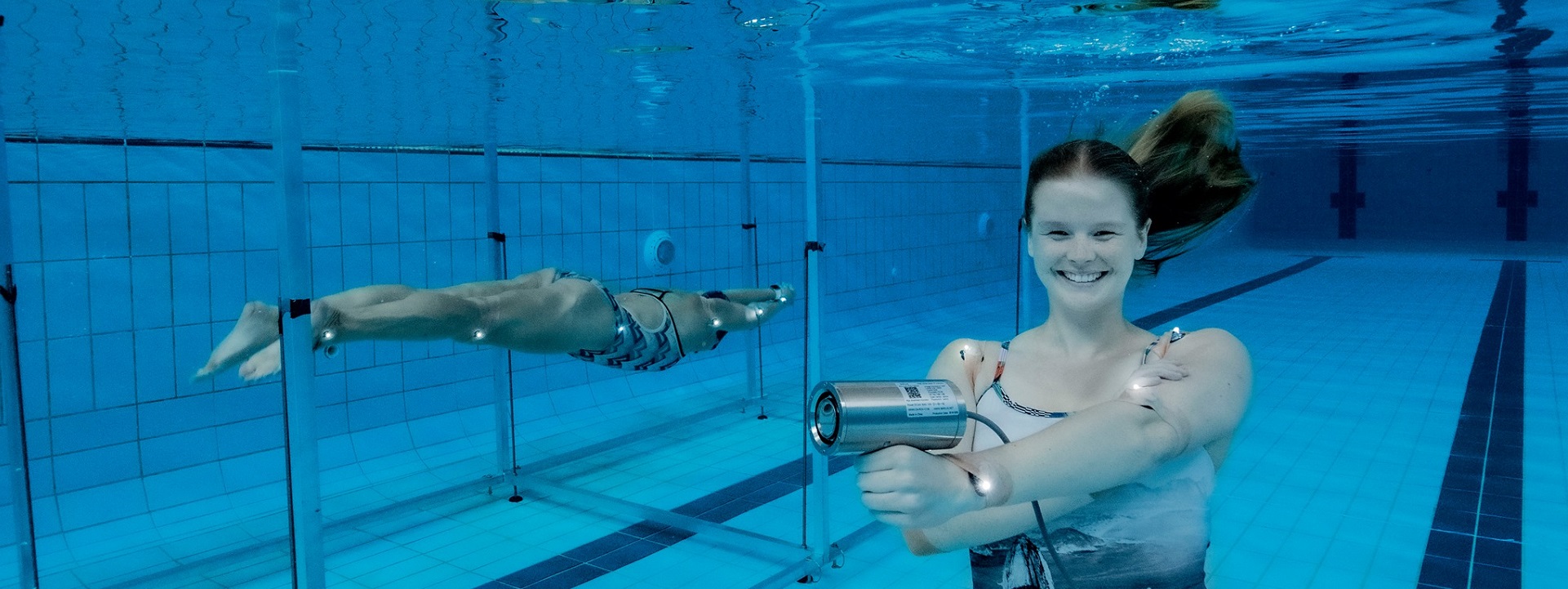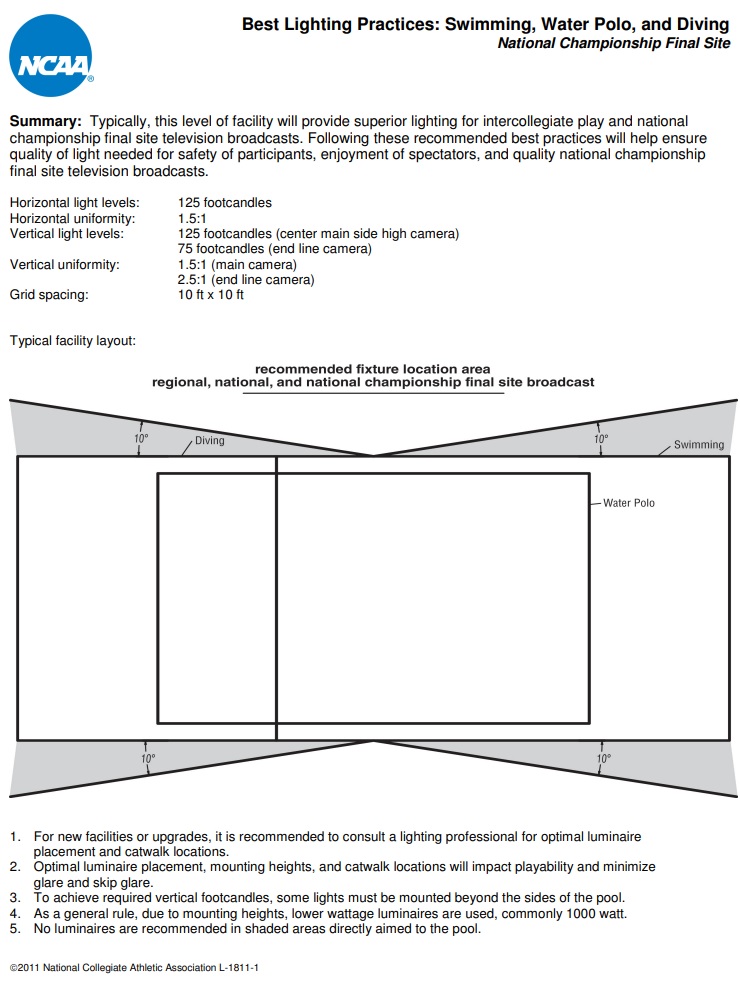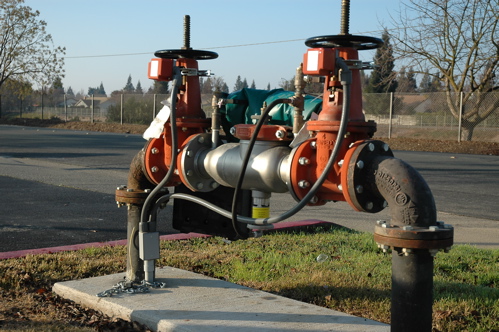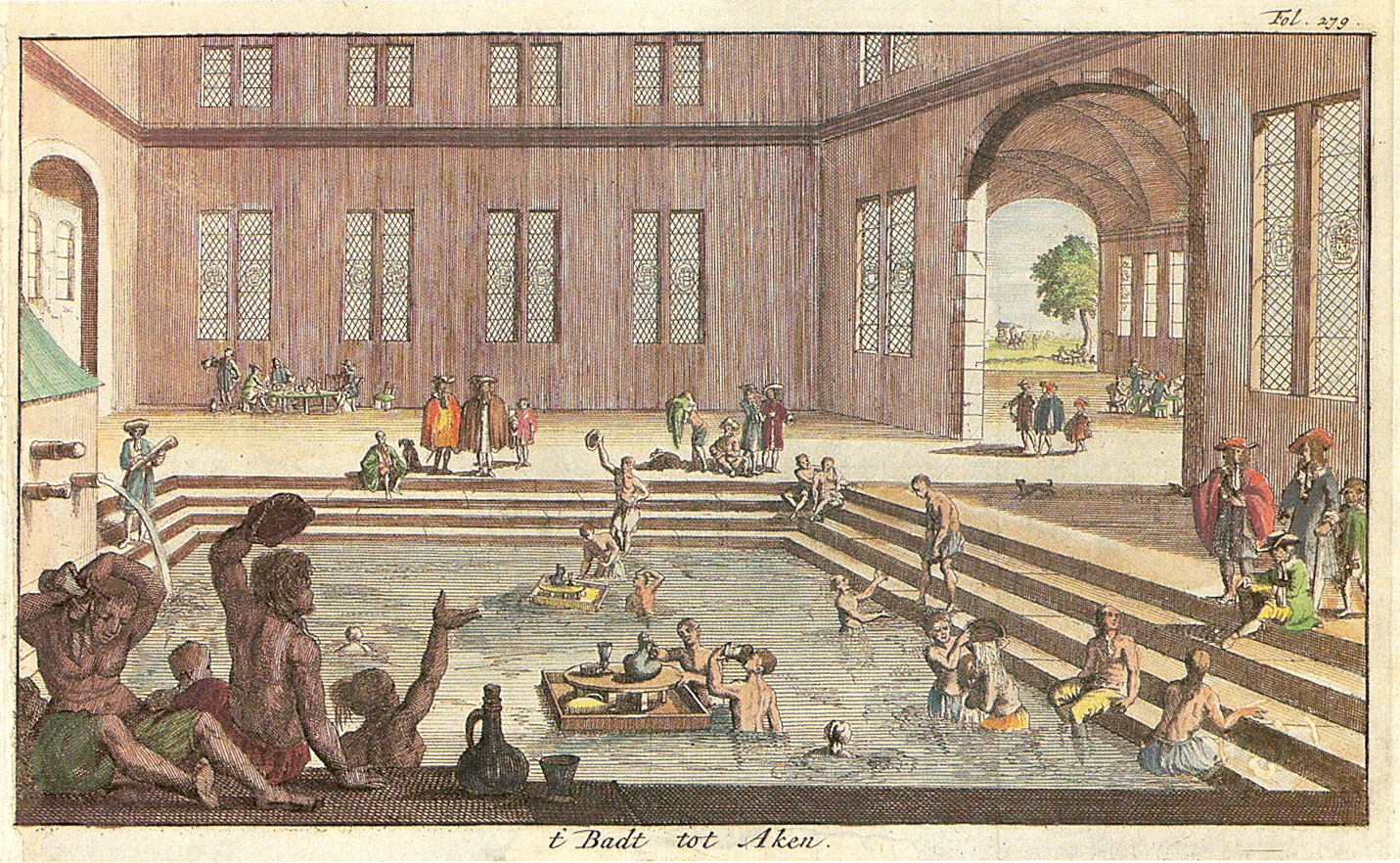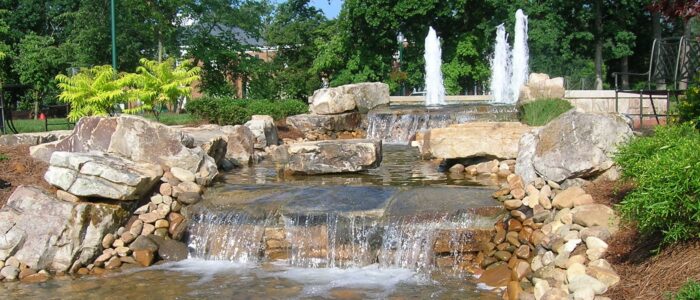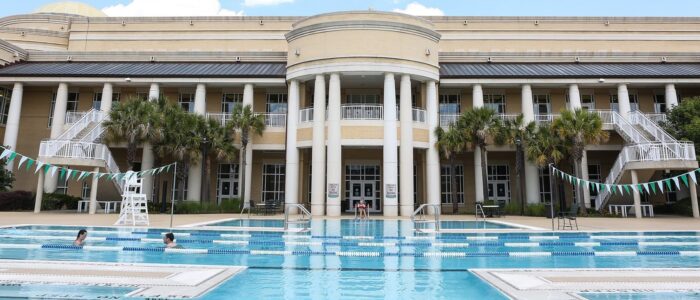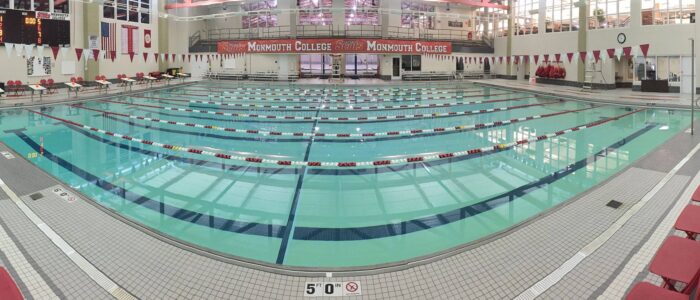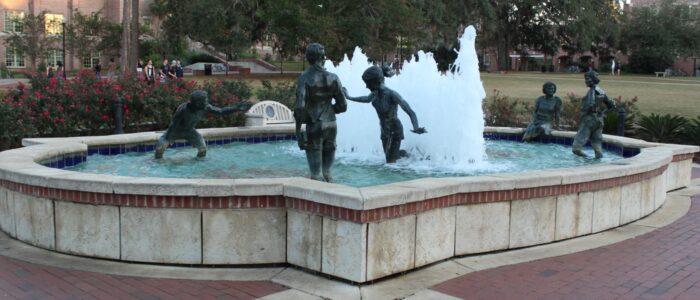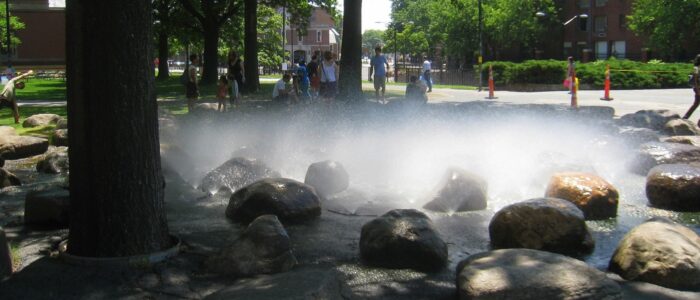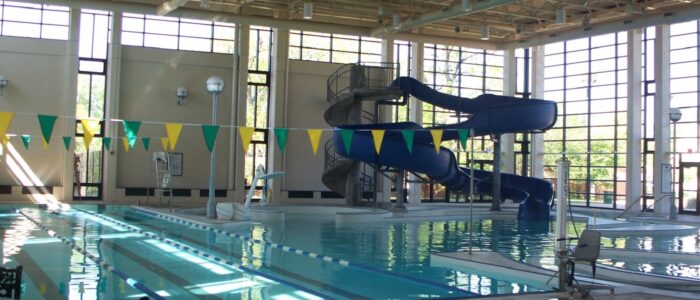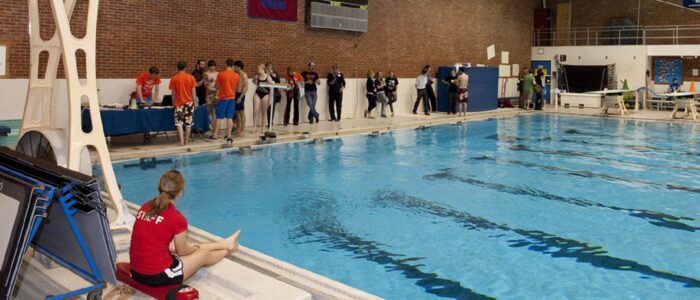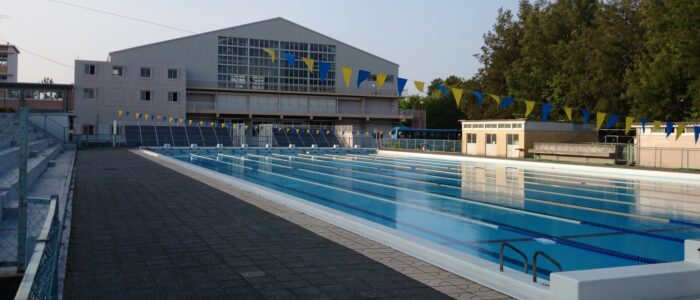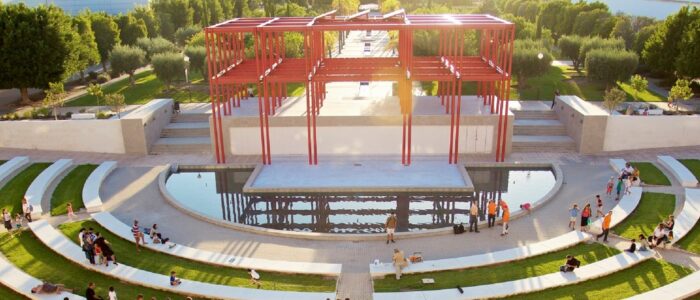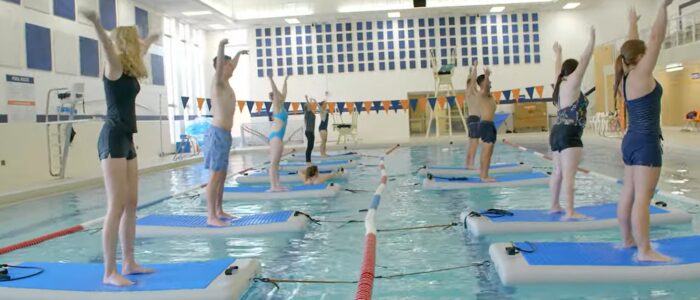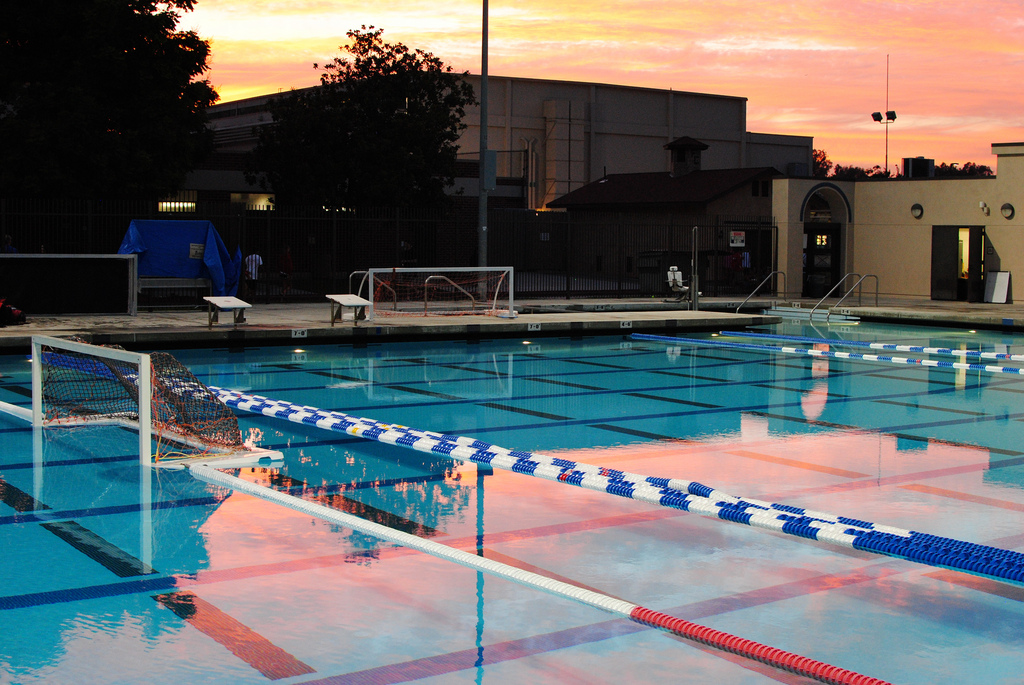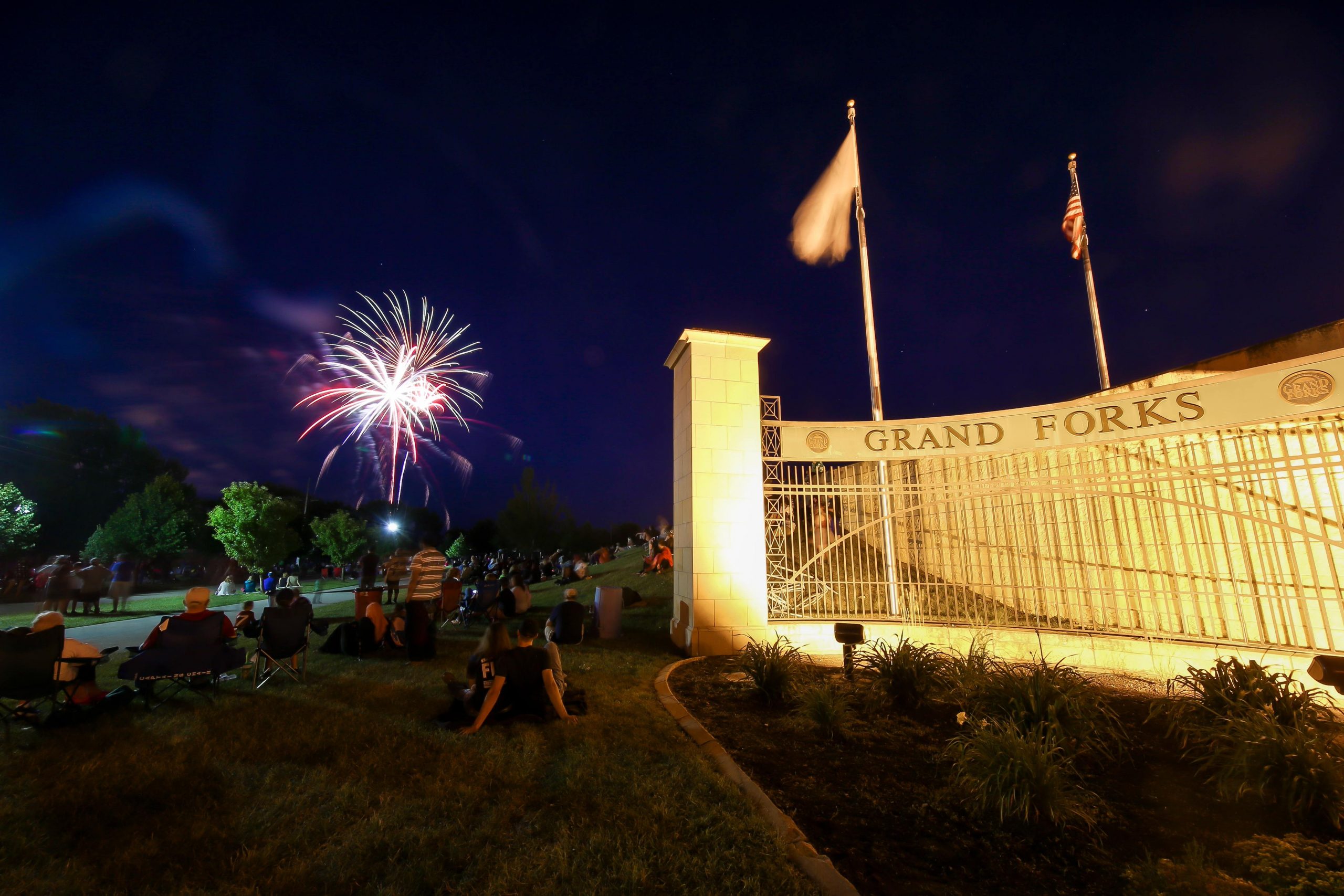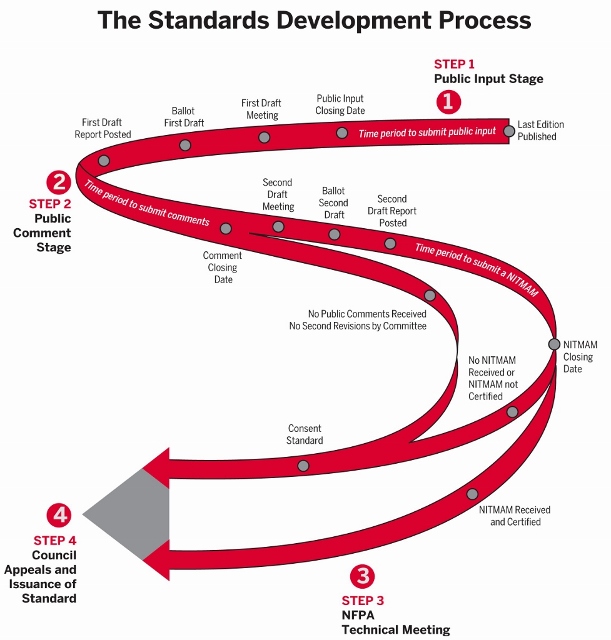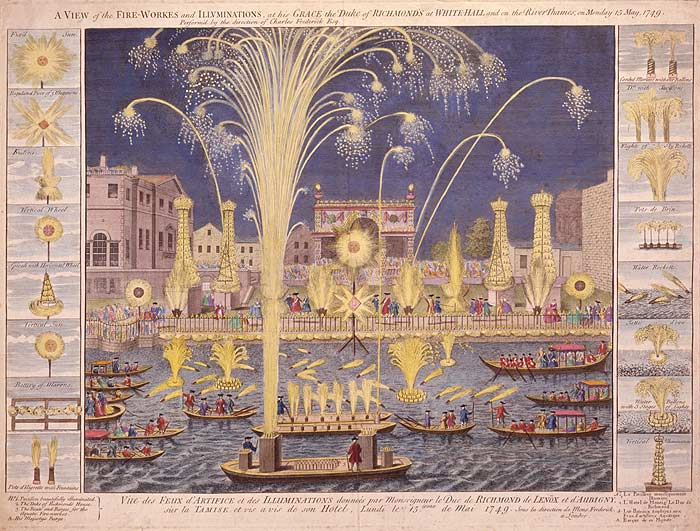The iconic American “street food” traces its origin to 19th century German immigrants who brought frankfurters from their homeland.
In the 1860s, the term “hot dog” emerged in reference to these sausages being sold in buns at street carts. The popularity of hot dogs soared during the late 19th and early 20th centuries particularly at baseball games where the hot dog is virtually synonymous.at the sport.
In many college towns push cart hot dog vendors may be welcomed and even embraced as part of the local food scene. They can add variety and convenience for students, faculty, and staff by offering affordable and quick meal options. These towns may have regulations and policies in place to support and accommodate such vendors.
The case against hot dogs as a food primarily revolves around health concerns and potential risks associated with their consumption. Some of the key arguments include:
Processed meat and additives: Hot dogs are often made from processed meats that can contain additives, preservatives, and high levels of sodium. These additives, such as nitrates and nitrites, have been linked to increased risks of certain health issues, including cancer and heart disease.
High in unhealthy fats: Hot dogs are typically high in saturated and trans fats, which can contribute to elevated cholesterol levels and increase the risk of cardiovascular diseases.
Potential for contamination: There have been instances of foodborne illnesses associated with hot dogs, such as outbreaks of bacterial contamination, including E. coli or Listeria monocytogenes. Improper handling, storage, or undercooking can increase the risk of such contamination.
Allergens and dietary restrictions: Hot dogs often contain common allergens like wheat, soy, and dairy. Additionally, they may not be suitable for individuals with dietary restrictions or preferences, such as vegetarians, vegans, or those following specific religious or cultural dietary guidelines.
Environmental impact: The production and consumption of hot dogs contribute to environmental concerns. The meat industry, including processed meat production, is associated with greenhouse gas emissions, land degradation, and water pollution.
These arguments against hot dogs do not necessarily apply to all hot dogs or to every individual. Moderation, choosing healthier options, and considering individual dietary needs and preferences can help mitigate some of the concerns associated with hot dog consumption.
Relevant codes, standards and regulations:
Food Safety and Inspection Service: Federal Meat Inspection Act
U.S. Department of Agriculture: Hot Dogs and Food Safety



